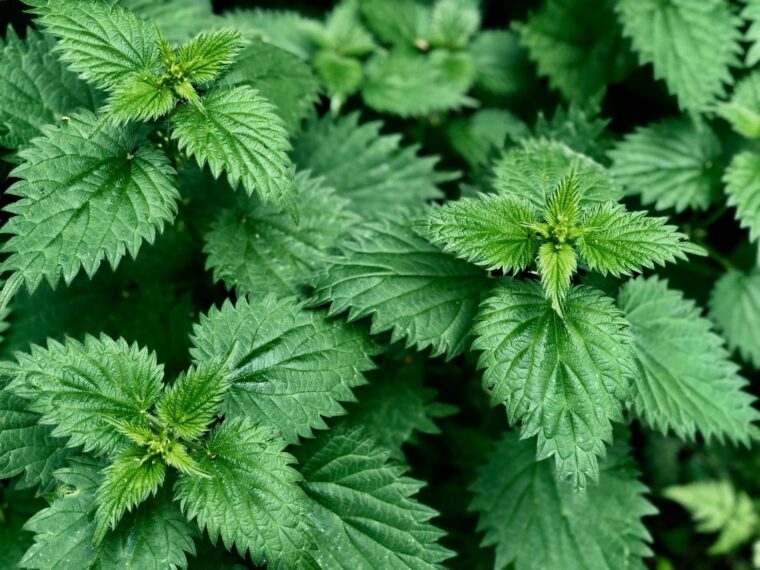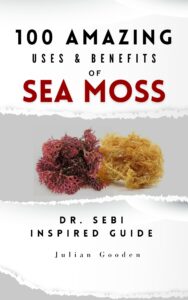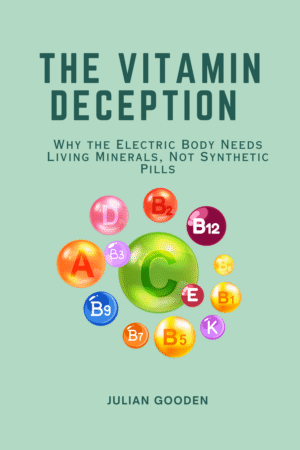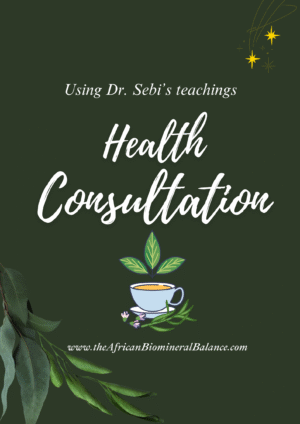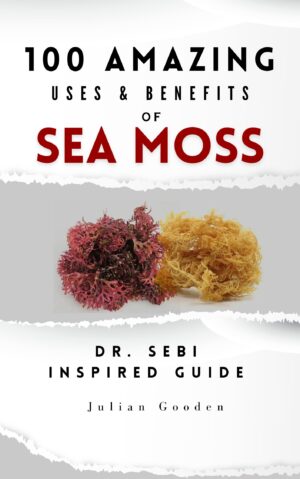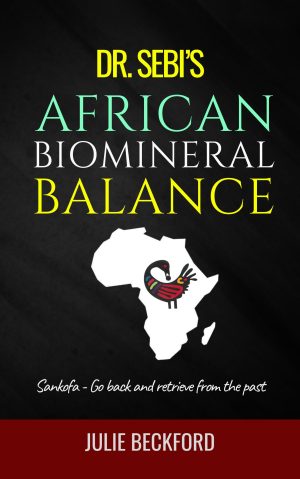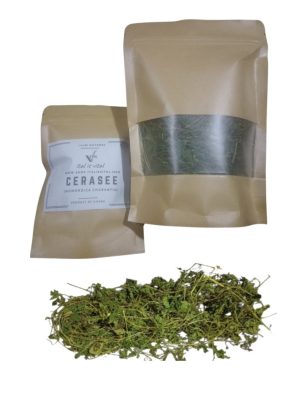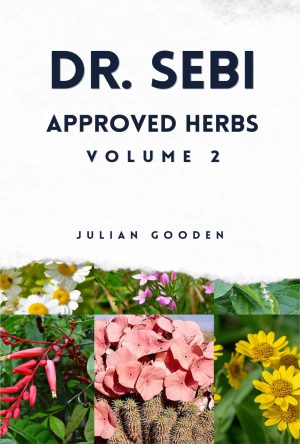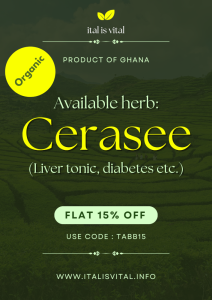Botanical Information
Family: Urticaceae
Genus: Urtica
Species: Urtica dioica (common stinging nettle, also called “common nettle”)
Common Names: Nettle, Stinging nettle, Devil’s leaf, Brennnessel (German), Ortiga (Spanish)
Habitat: Native to Europe, Asia, North Africa, and North America. Found in moist, nutrient-rich soils along rivers, meadows, woodland edges, and disturbed grounds.
Description:
- Perennial herbaceous plant reaching 1-2 meters.
- Opposite, serrated, heart-shaped leaves with fine stinging hairs (trichomes).
- Tiny greenish flowers arranged in drooping clusters.
- Rhizomatous root system allowing rapid spread.
Energetics & Traditional Understanding
Taste/Energetics: Cooling, drying, slightly bitter, mineral-rich.
Energetic Actions (Traditional):
- Strengthener: Restores vitality, especially after depletion.
- Blood nourisher: Replenishes iron and minerals.
- Detoxifier: Supports kidney filtration and liver clearance.
- Anti-inflammatory: Cools excess heat, swelling, and joint pain.
Associated Elements (Holistic View): Earth and Water – grounding, nourishing, cleansing.
Phytochemistry
Minerals: Rich in iron, calcium, magnesium, potassium, silica, manganese, zinc.
Constituents:
- Chlorophyll
- Flavonoids (quercetin, kaempferol, rutin)
- Lignans
- Sterols (β-sitosterol)
- Polysaccharides
- Lectins (UDA– Urtica dioica agglutinin)
- Neurotransmitter-like compounds in hairs (histamine, acetylcholine, serotonin)
- Roots: Contain sterols, scopoletin, and lignans, particularly studied for benign prostatic hyperplasia (BPH).
Medicinal Actions & Uses
Leaves (Fresh & Dried):
- Blood Builder: Traditionally used for anemia due to high iron and chlorophyll content. Supports hemoglobin production and oxygen transport.
- Diuretic & Kidney Tonic: Flushes uric acid, aiding in gout, arthritis, and kidney stone prevention. Promotes healthy urinary flow.
- Anti-inflammatory: Reduces joint pain, allergies, and skin inflammation via flavonoids and histamine modulation.
- Nutritive Tonic: Dense mineral profile supports bones, muscles, and overall vitality, especially in cases of deficiency or fatigue.
- Respiratory Support: Eases hay fever, seasonal allergies, and asthma by reducing histamine response and inflammation in airways.
- Skin Health: Used for eczema, acne, psoriasis, and general skin vitality through internal teas or external washes.
- Digestive Support: Mildly astringent, helps tone gut lining and supports digestion in cases of loose stools or inflammation.
- Immune Modulator: Polysaccharides and lectins may enhance immune response, particularly for chronic infections or low vitality.
Roots:
- Prostate Health: Alleviates urinary difficulties associated with benign prostatic hyperplasia (BPH), improving flow and reducing nighttime urination.
- Hormonal Modulator: Balances testosterone and estrogen metabolism, potentially aiding in androgen-related conditions like hair loss.
- Anti-inflammatory for Pelvic Health: Reduces inflammation in the urinary tract and pelvic region.
Seeds:
- Adrenal & Kidney Tonic: Supports adrenal function, combats exhaustion, and strengthens chronic kidney weakness in European and modern herbalism.
- Nervous System Support: Restorative for neurological decline, stress-related fatigue, or burnout.
- Energy Enhancer: Traditionally used to boost stamina and resilience in debilitated states.
Traditional & Historical Uses
- European Folk Medicine: Spring tonic to “cleanse the blood” and restore vitality after winter. Used for rheumatism, anemia, and as a nutrient-dense food.
- Ayurveda: Known as “vrishchika patra,” used as a rejuvenative, diuretic, and blood purifier, often combined with other herbs for vitality.
- Native American Medicine: Applied for joint pain, skin eruptions, and as a cooked green for nutrition.
- Traditional Chinese Medicine (TCM): Used to clear damp-heat, support kidney yin, and nourish blood.
- Culinary Use: Young leaves cooked as greens, soups, or teas, valued for their nutrient density across cultures.
Preparation & Dosage
- Infusion (Tea): 1-2 tsp dried leaves per cup of hot water, steeped 10-15 minutes. Drink 1-3 cups daily for general tonic or allergy relief.
- Decoction (Roots): 1-2 tsp dried root per cup of water, simmered 10-15 minutes. Used for prostate or urinary support, 1-2 cups daily.
- Tincture: 1:5 vegetable glycerin; 2-5 ml, 2-3 times daily for systemic support.
- Capsules/Powder: 300-500 mg dried leaf or root, 2-3 times daily.
- External Use:
- Urtication: Fresh leaves applied directly to joints for arthritis or nerve pain (sting therapy stimulates circulation).
- Poultices: Crushed fresh or steeped dried leaves applied to skin for inflammation or wounds.
- Infused Oil: Leaves infused in olive oil for topical use on eczema or joint pain.
- Culinary: Young nettle leaves (blanched to remove sting) used in soups, pesto, smoothies, or steamed as greens.
- Seed Tincture: 1:5 in 50% alcohol; 1-2 ml daily for adrenal or kidney support (start low due to potency).
Precautions & Safety
- Skin Contact: Fresh hairs cause irritation (redness, itching); blanching, cooking, or drying neutralizes the sting.
- Drug Interactions: May potentiate diuretics, antihypertensives, or blood-thinning medications. Consult a healthcare provider if on these medications.
- Pregnancy/Breastfeeding: Avoid large medicinal doses during pregnancy due to diuretic and uterine-stimulating potential; culinary amounts are generally safe.
- Seeds: Highly potent; start with low doses to avoid overstimulation.
- Allergies: Rare allergic reactions possible, especially in sensitive individuals. Discontinue if rash or discomfort occurs.
Modern Research & Validation
- Anti-inflammatory Effects: Clinical trials show nettle leaf extracts reduce joint pain in osteoarthritis and rheumatoid arthritis (Phytotherapy Research, 2018).
- Allergy Relief: Studies confirm nettle inhibits inflammatory pathways (e.g., histamine, prostaglandins), effective for allergic rhinitis (Planta Medica, 2009).
- Prostate Health: Root extracts improve urinary flow and reduce BPH symptoms, validated in multiple European studies (Journal of Herbal Medicine, 2013).
- Nutrient Density: High bioavailable iron, calcium, and magnesium confirmed via nutritional analysis, supporting anemia and bone health.
- Antioxidant Activity: Flavonoids like quercetin and rutin show strong free radical scavenging in lab studies.
- Blood Sugar Regulation: Preliminary research suggests nettle may improve insulin sensitivity, supporting metabolic health.
Herbal Formulas & Recipes
1. Nettle Spring Tonic Tea (Blood Cleansing & Vitality)
Purpose: Supports detoxification, blood nourishment, and energy restoration in spring or after illness.
Ingredients:
- 1 part dried nettle leaves
- 1 part dried red clover blossoms
- 1 part dried dandelion leaf
Preparation:
- Mix herbs in a jar. Use 1-2 tsp of blend per cup of hot water.
- Steep 10-15 minutes, strain, and drink 1-2 cups daily for 2-4 weeks.
Benefits: Cleanses liver, supports kidney filtration, and boosts mineral levels.
2. Mineral-Rich Overnight Infusion (Bone & Energy Support)
Purpose: Maximizes extraction of minerals for anemia, fatigue, or bone health.
Ingredients:
- 2 tbsp dried nettle leaves
- 1 quart (4 cups) hot water
Preparation:
- Place nettles in a heat-safe jar, pour hot water over, and cover.
- Let steep overnight (8-12 hours). Strain and drink throughout the day.
Benefits: High in bioavailable calcium, magnesium, and iron for long-term nourishment.
Summary
Stinging Nettle (Urtica dioica) is a nutritive powerhouse, blood tonic, and versatile healer. Its leaves, roots, and seeds offer a wide range of applications, from strengthening blood and easing inflammation to supporting prostate, kidney, and adrenal health. Nettle’s role in traditional systems like European folk medicine, Ayurveda, and TCM underscores its global significance as a “food as medicine” herb. With modern research validating its anti-inflammatory, anti-allergic, and prostate-supporting properties, nettle remains a foundational ally for holistic health. Its culinary and medicinal versatility, combined with carefully crafted herbal formulas, makes it an essential herb for vitality and resilience.
References
- Roschek, B., et al. (2009). Nettle extract (Urtica dioica) affects key receptors and enzymes associated with allergic rhinitis. Planta Medica, 75(8), 837-841.
- Chrubasik, J. E., et al. (2018). A comprehensive review on nettle effect and efficacy profiles, Part II: Urtica dioica. Phytotherapy Research, 32(6), 1037-1045.
- Safarinejad, M. R. (2013). Urtica dioica for treatment of benign prostatic hyperplasia: A prospective, randomized, double-blind, placebo-controlled, crossover study. Journal of Herbal Medicine, 3(4), 130-137.
- Bone, K., & Mills, S. (2013). Principles and Practice of Phytotherapy: Modern Herbal Medicine (2nd ed.). Churchill Livingstone.
- Hoffmann, D. (2003). Medical Herbalism: The Science and Practice of Herbal Medicine. Healing Arts Press.
- Grieve, M. (1931). A Modern Herbal. Dover Publications (reprint).
